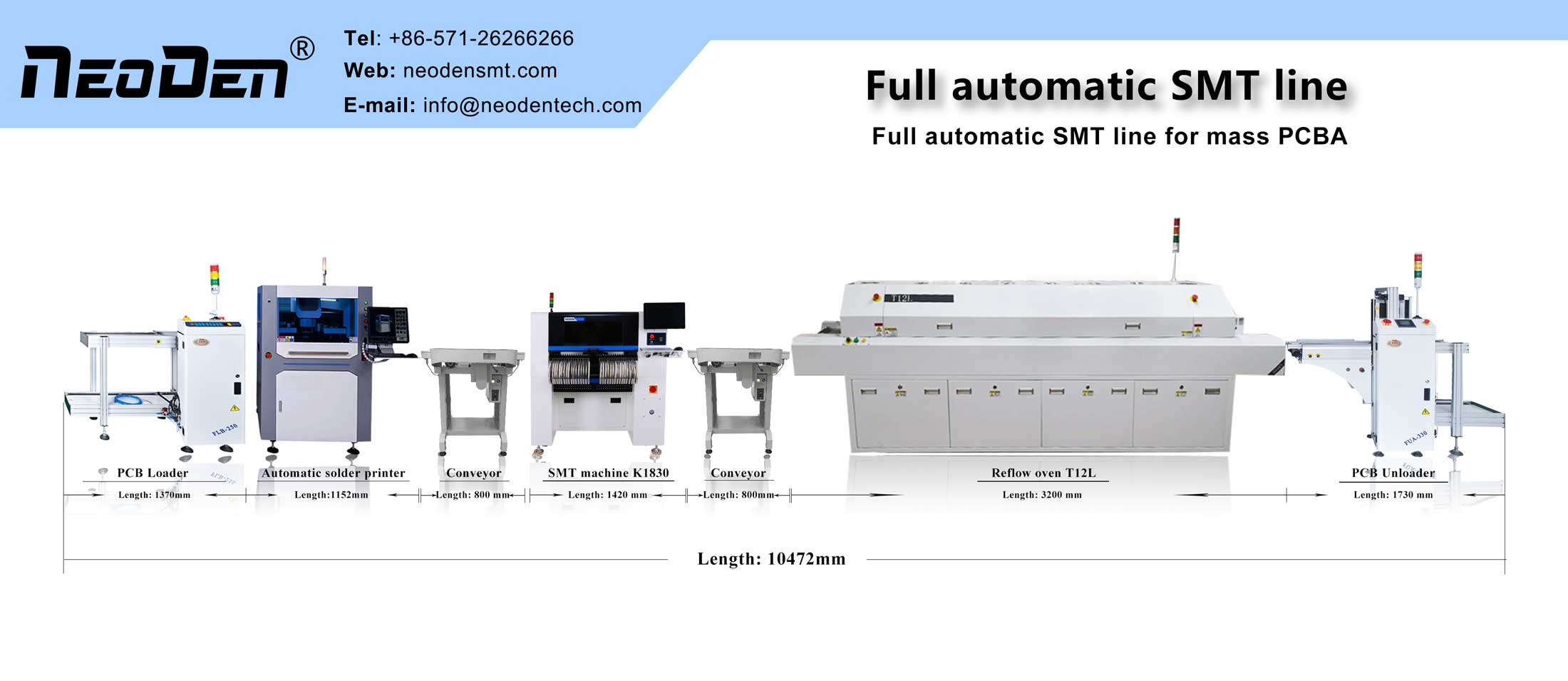In PCBA assembly, material selection is critical to board performance and reliability. Here are some considerations for solder, PCB and packaging material selection:
Solder selection considerations
1. Lead Free Solder vs Leaded Solder
Lead-free solder is prized for its environmental friendliness, but it is important to note that it has higher soldering temperatures. Leaded solder works at low temperatures, but there are environmental and health risks. 2.
2. Melting point
Ensure that the melting point of the selected solder is suitable for the temperature requirements of the assembly process and will not cause damage to heat sensitive components.
3. Fluidity
Ensure that the solder has good fluidity to ensure adequate wetting and connection of the solder joints.
4. Heat resistance
For high temperature applications, select a solder with good heat resistance to ensure solder joint stability.
PCB material selection considerations
1. Substrate material
Select the appropriate substrate material, such as FR-4 (glass fiber reinforced epoxy resin) or other high-frequency materials, based on application needs and frequency requirements.
2. Number of Layers
Determine the number of layers needed for the PCB to meet the requirements of signal routing, ground and power planes.
3. Characteristic impedance
Understand the characteristic impedance of the selected substrate material to ensure signal integrity and match differential pair requirements.
4. Thermal Conductivity
For applications that require heat dissipation, select a substrate material with good thermal conductivity to help dissipate heat.
Package material selection considerations
1. Package type
Select the appropriate package type, such as SMD, BGA, QFN, etc., based on component type and application requirements.
2. Encapsulation material
Ensure that the selected encapsulation material meets the electrical and mechanical performance requirements. Consider factors such as temperature range, heat resistance, mechanical strength, etc.
3. Package thermal performance
For components that require heat dissipation, select a package material with good thermal performance, or consider adding a heat sink.
4. Package size and pin spacing
Ensure that the size and pin spacing of the selected package is suitable for the PCB layout and component layout.
5. Environmental protection and sustainability
Consider choosing environmentally friendly materials that comply with relevant regulations and standards.
When selecting these materials, it is important to work closely with PCBA manufacturers and suppliers to ensure that the material selection meets the requirements of the specific application. Also, understanding the advantages, disadvantages and characteristics of the various materials, as well as their suitability for different applications, is key to making an informed choice. Taking into account the complementary nature of solder, PCB and packaging materials ensures the performance and reliability of the PCBA.
Zhejiang NeoDen Technology Co., LTD., founded in 2010, is a professional manufacturer specialized in SMT pick and place machine, reflow oven, stencil printing machine, SMT production line and other SMT Products. We have our own R & D team and own factory, taking advantage of our own rich experienced R&D, well trained production, won great reputation from the world wide customers.
In this decade, we independently developed NeoDen4, NeoDen IN6, NeoDen K1830, NeoDen FP2636 and other SMT products, which sold well all over the world. So far, we have sold more than 10,000pcs machines and exported them to over 130 countries around the world, establishing a good reputation in the market. In our global Ecosystem, we collaborate with our best partner to deliver a more closing sales service, high professional and efficient technical support.
Post time: Sep-22-2023

